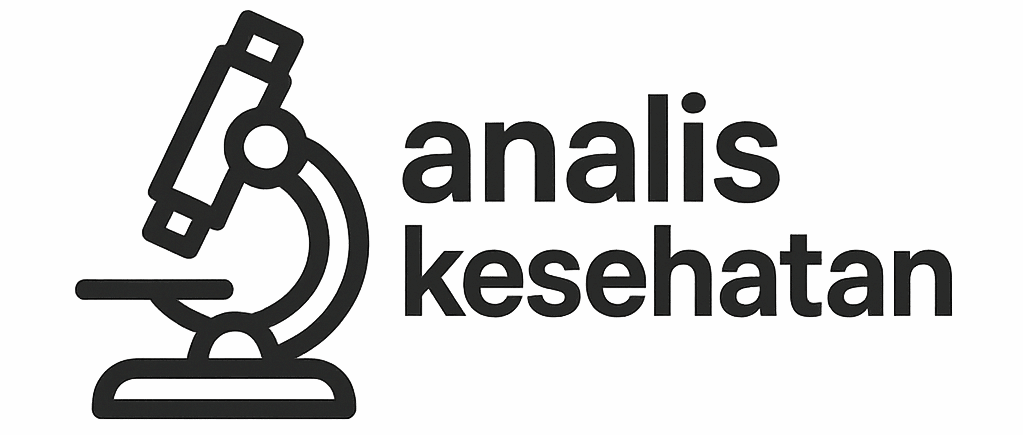How API 510 Ensures Safe Pressure Vessel Operations
Pressure vessels are critical components in various industries, including oil and gas, chemical manufacturing, and power generation. These vessels operate under extreme conditions, making their safety and reliability paramount. The API 510 standard plays a crucial role in ensuring the safe operation of pressure vessels through its rigorous inspection and maintenance requirements.
Understanding API 510
API 510 is a comprehensive standard developed by the American Petroleum Institute (API) to govern the in-service inspection, repair, and alteration of pressure vessels. It is designed to enhance the safety, reliability, and efficiency of pressure vessels used in industrial settings. This standard provides guidelines that ensure pressure vessels are maintained in optimal condition and operate within safe parameters.
The API 510 standard is widely recognized and utilized by industries worldwide. By adhering to its provisions, organizations can mitigate the risks associated with pressure vessel failures, such as leaks, explosions, or equipment downtime. The standard is applicable to pressure vessels in both new and existing installations, ensuring consistent safety practices across the board.
Key Components of API 510
Inspection Requirements
One of the primary focuses of API 510 is inspection. The standard outlines detailed procedures for conducting internal and external inspections of pressure vessels. These inspections help identify potential issues, such as corrosion, cracks, or deformation, before they escalate into major problems. Regular inspections ensure that pressure vessels continue to meet safety and operational standards.
Repair and Alteration Guidelines
API 510 provides clear instructions for the repair and alteration of pressure vessels. Repairs must be carried out using approved methods and materials to ensure the vessel’s integrity. Additionally, the standard requires that any alterations to the vessel’s design or structure undergo a thorough evaluation to confirm compliance with safety requirements.
Certification and Personnel Qualification
The API 510 standard emphasizes the importance of qualified personnel in inspection and maintenance activities. It requires inspectors to hold certifications that validate their expertise and knowledge of pressure vessel systems. These certifications ensure that inspections and repairs are conducted by individuals who understand the complexities of pressure vessel operations.
Benefits of Adhering to API 510
Enhanced Safety
By following the API 510 standard, organizations can significantly reduce the risk of accidents involving pressure vessels. Regular inspections and proper maintenance practices help prevent catastrophic failures, safeguarding both personnel and equipment.
Improved Operational Efficiency
Compliance with API 510 ensures that pressure vessels operate at peak efficiency. Regular inspections and timely repairs minimize unplanned downtime, allowing industries to maintain consistent production levels.
Regulatory Compliance
API 510 is recognized by many regulatory bodies as a benchmark for pressure vessel safety. Adhering to the standard ensures compliance with local and international regulations, reducing the risk of legal issues and fines.
Cost Savings
Preventative maintenance and regular inspections, as mandated by API 510, help identify issues early, reducing repair costs and extending the lifespan of pressure vessels. This proactive approach minimizes long-term expenses associated with equipment failures and replacements.
Implementation of API 510 in Industries
The implementation of API 510 requires a structured approach. Organizations must establish a comprehensive inspection and maintenance program that aligns with the standard’s requirements. This includes scheduling routine inspections, maintaining detailed records of inspection results, and ensuring timely repairs and alterations.
Technology plays a significant role in facilitating API 510 compliance. Advanced inspection tools, such as ultrasonic testing and radiographic imaging, enable precise identification of potential issues. Additionally, digital record-keeping systems help organizations track inspection histories and plan maintenance activities effectively.
Challenges in Adopting API 510
While the benefits of API 510 are clear, its implementation can be challenging for some organizations. One of the main challenges is the need for skilled and certified personnel. Training and certifying inspectors require time and investment, which can be a barrier for smaller organizations.
Another challenge is the cost associated with inspection tools and maintenance activities. However, these costs are often outweighed by the long-term savings achieved through improved safety and operational efficiency.
The Future of API 510
As industries continue to evolve, the API 510 standard will likely adapt to address emerging challenges and technologies. Innovations in materials science and inspection methods may lead to more efficient maintenance practices. Additionally, the integration of data analytics and predictive maintenance could further enhance the safety and reliability of pressure vessels.
The API 510 standard is essential for ensuring the safe operation of pressure vessels in various industries. By establishing stringent inspection, repair, and alteration requirements, it minimizes the risks associated with pressure vessel failures. Organizations that adhere to API 510 benefit from enhanced safety, improved operational efficiency, regulatory compliance, and cost savings. Despite the challenges of implementation, the advantages far outweigh the difficulties, making API 510 a vital standard for modern industry.
